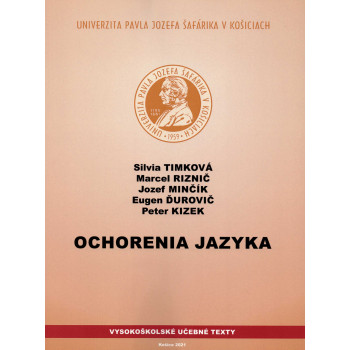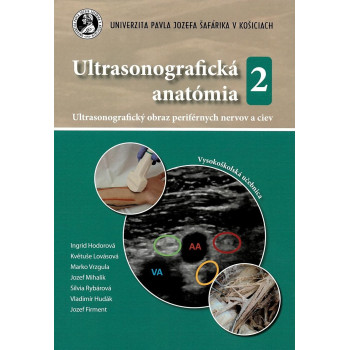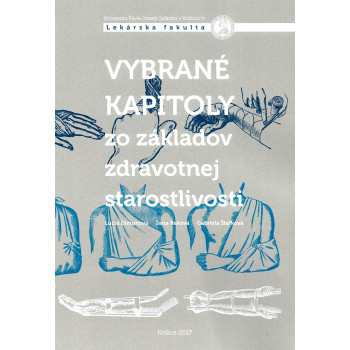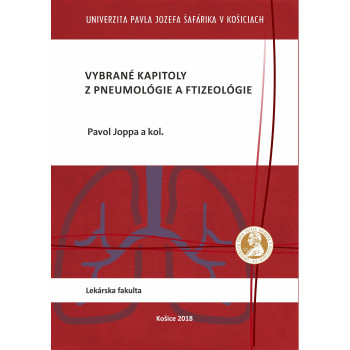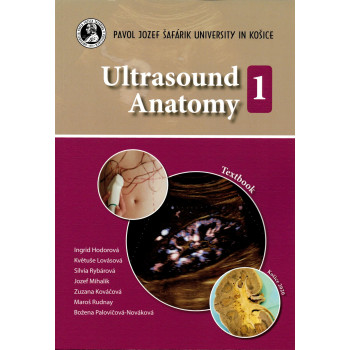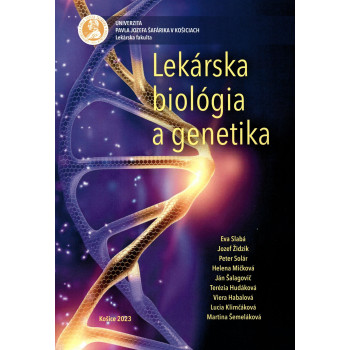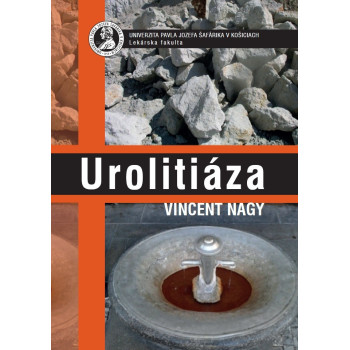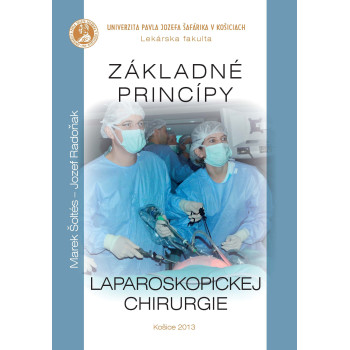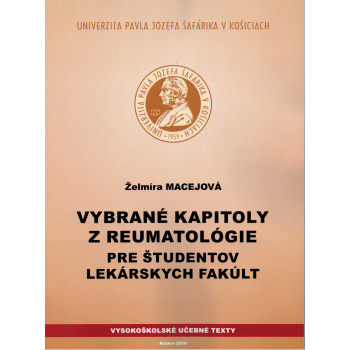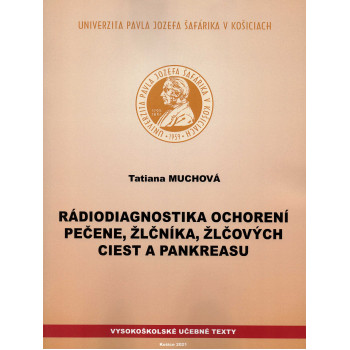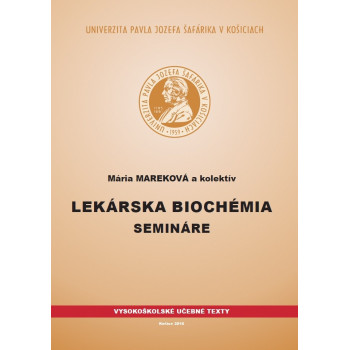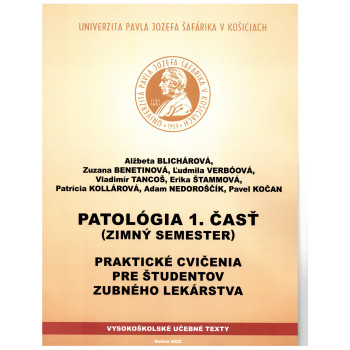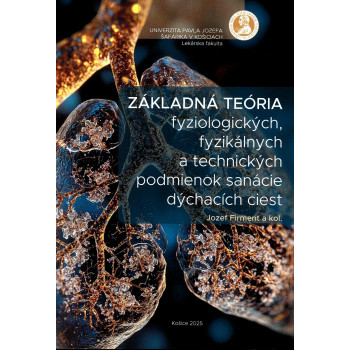Tatiana Muchová
Ochorenia a poškodenia pečene, žlčníka, žlčových ciest a pankreasu predstavujú závažný diagnostický, klinický aj liečebný problém.
Táto publikácia sa zaoberá diagnostikou ochorení a traumatických poškodení pečene, žlčníka, žlčových ciest a pankreasu.
Medzi zobrazovacie diagnostické modality patrí konvenčná rádiológia – rentgen, ultrasonografia - USG, počítačová tomografia - CT a magnetická rezonancia - MR.
Keďže pojednávam o zobrazovacích modalitách, publikácia je obohatená o množstvo obrazovej dokumentácie (vlastné aj internetové zdroje) ktorá názorne ukazuje jednotlivé ochorenia, poškodenia popisovaných orgánov.
Táto publikácia je venovaná všetkým medikom, kolegom, lekárom, či už z oblasti rádiológie, ale aj pre klinikov z radov chirurgov, internistov, či gastroenterológov.
Publikácia je rozdelená na jednotlivé časti podľa orgánov a podčasti podľa zobrazovacej modality a druhov ochorenia.
